 |
| Andrew Zimmer |
There is a major shift toward privacy rolling out across digital platforms, first with Google announcing that it’s doing away with tracking cookies in 2022, and now with an impending update to Apple’s iOS 14. While this push to privacy is a net good, it will create many disruptions (as well as some opportunities) for marketers in the near future.
The impact to Facebook advertising will be significant. The iOS14.5 update is set to affect everything from monitoring and optimizing, to reporting specific goals and actions on your website.
Here is a quick rundown of what the update will do: Apple will prompt people to select if they would like to opt-out of personalized ads or not whenever they visit a site. If people decided to opt-out, Facebook’s suite of tools will potentially become less effective in targeting and optimizing for that person. Because Apple’s operating system has the largest share of the market, this will cause a major disruption in the ability of Facebook’s ad tools to build large-scale, interest-based audiences and lookalike audiences, as well as optimize for ads based on actions, such as a purchase or subscription to your email list.
While the true impact of Apple’s changes and the larger cultural shift toward privacy is unknown at the moment, there are some specific things we do know about how this will change Facebook marketing and what we can do to prepare.
What We Know:
- We can no longer track more than eight actions on your website at any given time. Brands will have to rank their event triggers by priority. Thankfully, there are some basic metrics that will not be affected, like Landing Page Views.
- Once you set your top eight conversion events, you WILL be able to change them. However, if you do, all of your ads will be paused and you will need to restart them when the priority is reset.
- Campaign results will be heavily impacted. Analytics will now populate inconsistently over a 72-hour window, therefore eliminating the ability to track actions in real-time.
- You will be able to create two separate ad accounts with two separate sets of coding -- one to target iOS users and one to target Android users, for example.
- Lead forms will not be affected, making on-platform lead generation even more important than in the past.
The key opportunity here is for businesses to take a look at their digital priorities and ensure that their coding, marketing, monitoring and reporting are all truly driving their organizational goals.
How Your Digital Marketing Might Be Impacted
Funnels
You will need to rank your priority actions. Because the new way that Facebook will track actions only allows them to report the last priority action that took place, you will need to revisit the way you’re tracking and reporting your customer journeys. If you’ve ranked Purchase as your priority action, but you have also been monitoring the way viewing content on your blog affects purchases, you’ll need to reexamine your approach since Facebook will only report on the purchase event at the end of the journey.
Retargeting
Similar to the funnel impact, your retargeting and audience development strategy will need to be reexamined. For example, if you have a brand development campaign that aims to retarget people who viewed a video on your site, you will no longer be able to target people that have viewed that video AND made a purchase (or other higher-level action).
While this creates a new hurdle of smaller qualified audiences for brand loyalty and development campaigns, the bright side is that, with pure e-commerce funnel campaigns, you no longer have to exclude people who have not completed the purchase funnel; you can simply retarget based on the last priority action taken.
Lookalikes
The bottom line is that lookalike audiences based on actions are going to become less effective. Facebook has discussed possibilities of smaller but more precise lookalike audiences in the future, but nothing is set in stone yet. The best counterbalance here is to double down on first-party community development and additional strategies, such as email campaigns.
Takeaways
While this will no doubt be a rocky road for Facebook and Instagram marketers for the next few months, there will be a new normal. We see this change as an opportunity to help streamline your existing processes and revisit what your goals and priorities are for your existing campaigns and marketing overall.
How You Can Prepare
Check Facebook’s resources for preparing, briefly summarized below:
- Verify your website’s domain
- Configure eight preferred web conversion events per domain using the Aggregated Event Measurement tool
- Make sure you update all your Facebook ad and developer tools
- Familiarize yourself with new delivery statuses that could show up in your ad account
- Adjust your reporting to account for the likely possibility that a lag of up to three days could occur
What to focus on next?
Unfortunately, there isn’t a concrete roadmap for what’s going to happen next in digital marketing (or anywhere), but there are three things you should focus on to at least keep you ahead of the competition.
- Remain nimble. Don’t create internal structures, strategies and processes that can’t withstand change. Understanding that the platforms you use are at once necessary and not under your control will lead to creative problem-solving.
- Create channels for first-party data, such as email or events. Generally, focus your marketing on building connections and relationships with your audience. This has always been true and still is.
- Refocus your brand and your brand’s story. Tell it to people in creative ways through owned and earned content, such as videos, traditional PR, photography, blogs and design. If you tell an interesting story, people will listen.
***
Andrew Zimmer, Vice President of Digital Strategy at Marino


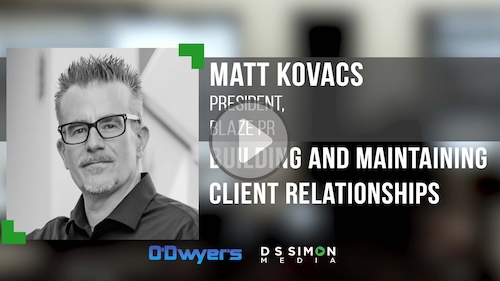
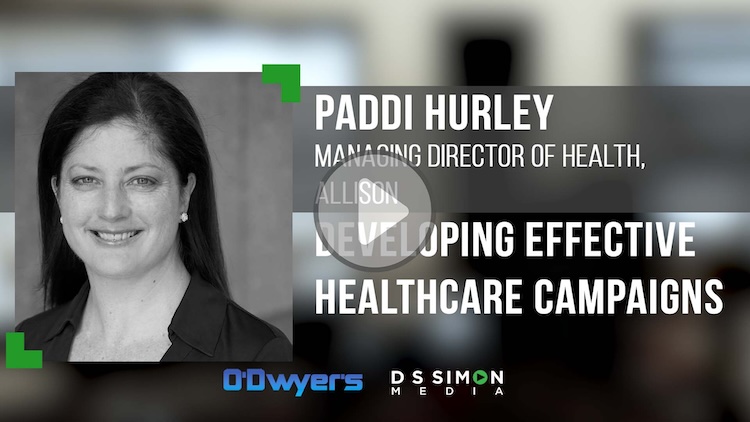
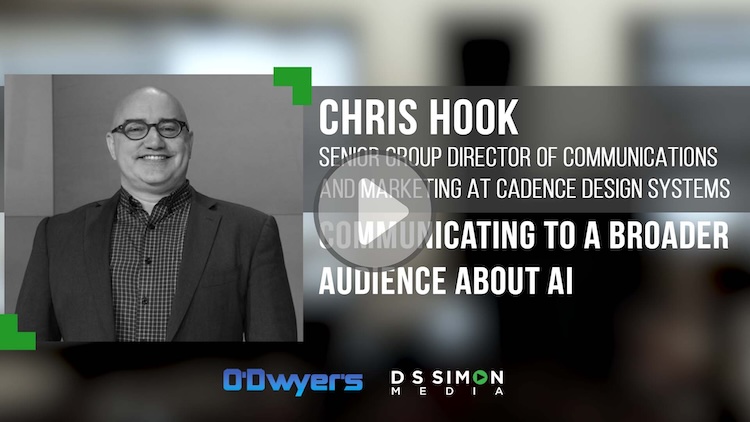
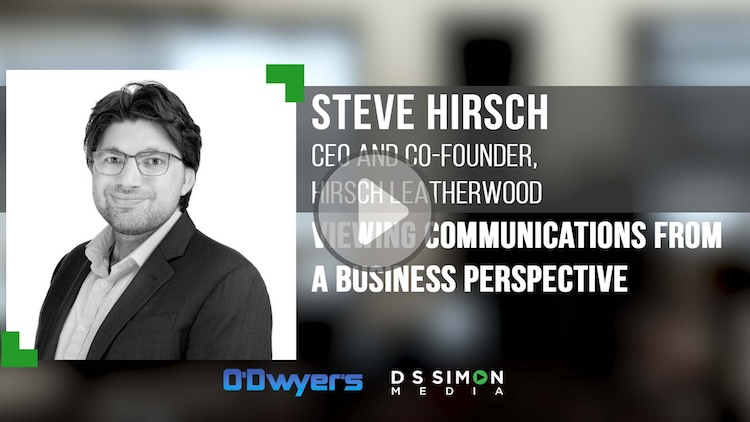
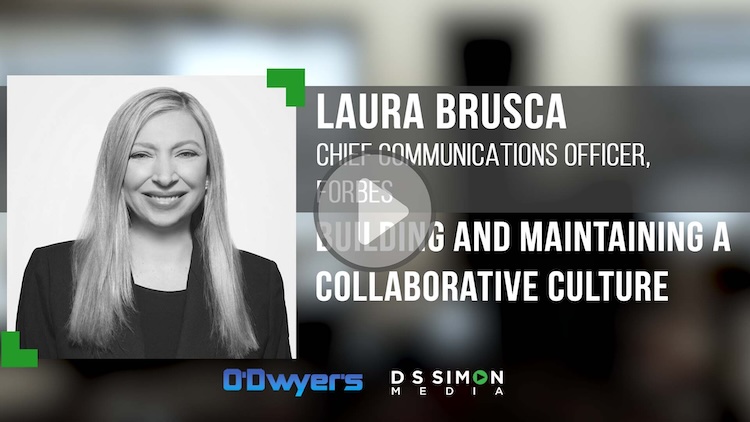



 Have a comment? Send it to
Have a comment? Send it to 
No comments have been submitted for this story yet.